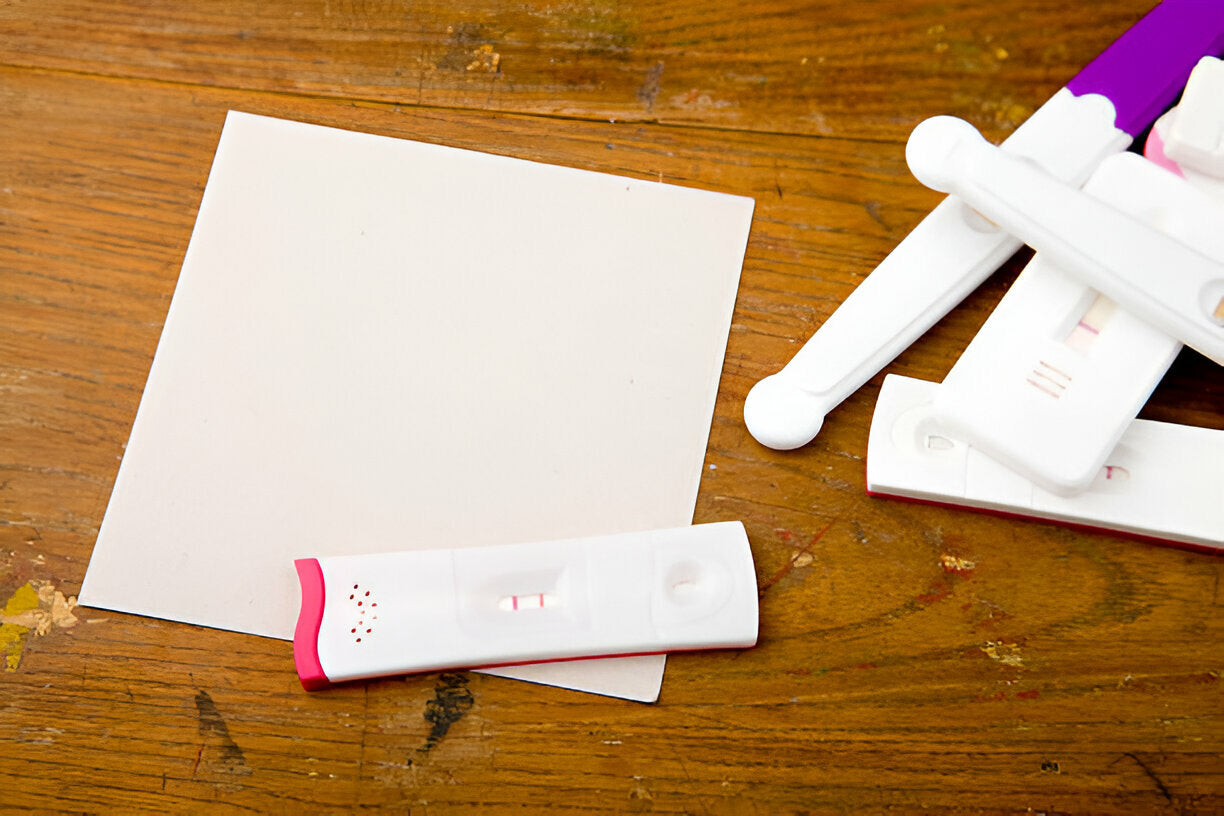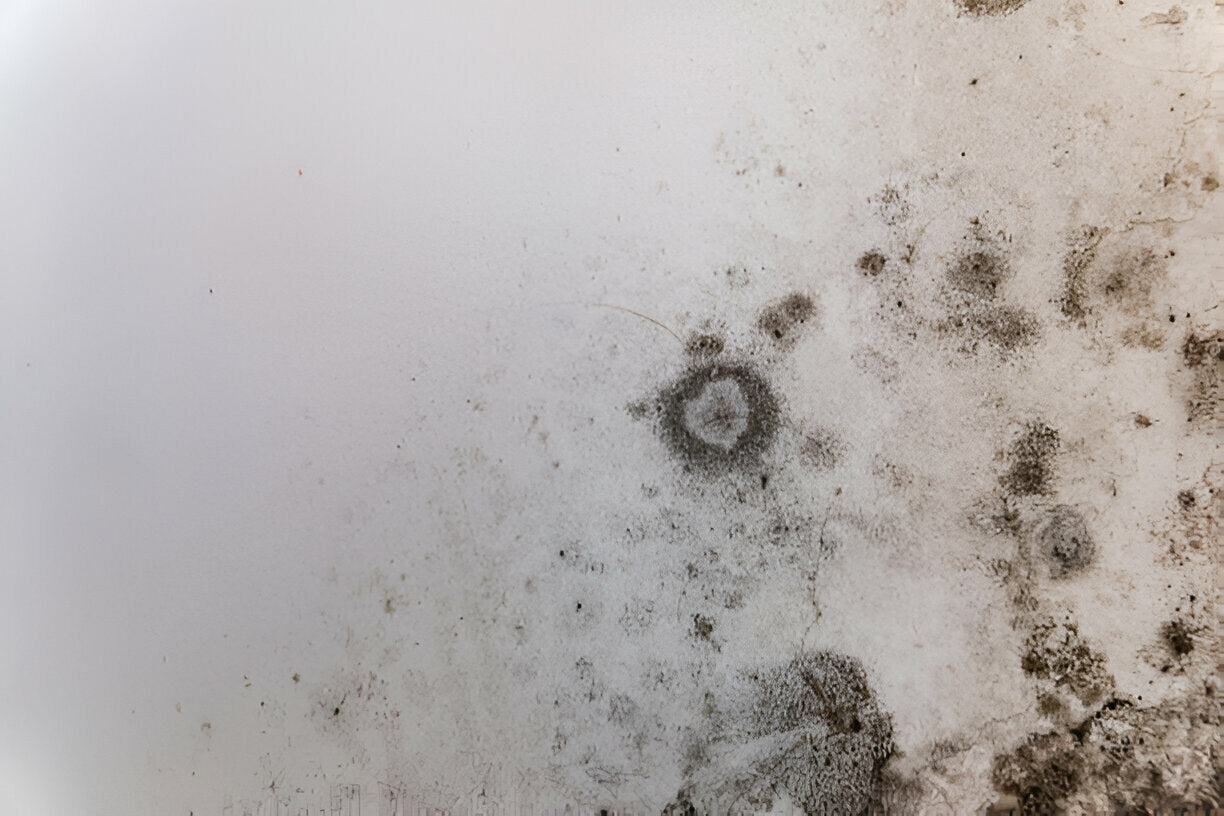You walk into a room, and a very musty smell greets you. Perhaps you ignore it or open a window without investigating its cause. You fail to realize that this symptom might be a bigger issue: mold growth.
Mold is sneaky. It grows in hard-to-reach places like between walls and under flooring. If neglected, it can damage your house and jeopardize your health.
Let's dive into 10 expert-backed tips to help you detect and prevent mold growth before it gets out of control.
1. Follow Your Nose
You can't always tell if you have mold, but you might notice it from its smell. That damp or moldy scent that's in the air? That's a red flag.
When some parts of your home always have a bad odor, don't let it go unnoticed. Investigate further. It's normal for mold to grow in inaccessible places, for example, behind walls or inside air ducts.
2. Keep Humidity In Check
Mold thrives in moist environments. To prevent mold growth, the EPA recommends keeping indoor humidity levels between 30% and 50%.
Monitor the humidity with a hygrometer. If it reaches an unhealthy level, run your dehumidifier only in the basement, bathroom, or laundry rooms to remove extra moisture.
3. Use A DIY Mold Test Kit
If you're unsure whether you have mold, a DIY mold test kit is a great first step. These kits are simple to use and help you spot mold spores in your house.
All you need to do is order the mold testing kit and use it. It comes with easy-to-understand instructions so you’re not lost.
4. Fix Leaks Immediately
A little leak today could cause great damage in the future. Even the smallest leaks attract mold like a magnet attracts iron.
If you see any stains or drop marks, don't postpone dealing with them. Mold begins growing 24 to 48 hours after it comes into contact with water. The more you wait, the more it grows.
5. Improve Ventilation
When air does not flow properly, moisture gathers, which ultimately leads to mold growth. Therefore, it's important that kitchens, bathrooms, and laundry rooms are well-ventilated.
Use your exhaust fans, open windows when you can, and install air vents in enclosed areas like your closets or attic.
6. Keep Surfaces Dry
Many kinds of surfaces, such as wood, drywall, fabrics, and dust, are prone to mold growth. So, keep them dry.
Once you've showered, wipe the tiles and walls dry. Don't put your wet clothes or towels in one place. Clean up spills quickly. Every drop matters.
7. Use Mold-Resistant Products
Every little choice you make matters when you are building a new home or renovating an existing one. It’s better to choose mold-resistant paint, insulation, and drywall since these products are designed to prevent mold even in moisture-prone areas.
Spending more on these products may save you thousands on future damages.
8. Inspect Hidden Areas
You can find mold almost anywhere, but it is most common in dark and hidden spots. That includes:
-
Behind wallpaper or paneling.
-
Under sinks and cabinets.
-
In attics and crawl spaces.
-
Around HVAC units and ductwork.
Schedule at least one annual inspection for these parts of the house, especially if your home is older or the humidity is high.
9. Clean With Mold-Fighting Products
Vinegar, hydrogen peroxide, and baking soda can fight mold, and cleaning with these items can often prevent mold.
For places where the mold is tough to remove, you should use EPA-authorized fungicides. Remember to put on gloves and ensure the area is well-ventilated.
10. Know Who To Call When You Need Help
If you smell mold but cannot see it, or if there is a visible presence, you must call the experts.
Specialists use infrared cameras and moisture meters to find hidden mold. Mold isn’t something you can just remove with water and soap once it had started growing.
You have to call an expert instead to take care of the problem!
Mold Growth: A Real Health Threat
Mold isn't only an unseemly sight. It may lead to asthma, allergies, lung infections, and health problems, most often in children, the elderly, and those who have lower immunity.
The World Health Organization believes that exposure to indoor mold can increase the likelihood of respiratory symptoms and may result in asthma in otherwise healthy people.
Preventing mold growth isn't just about protecting your home, but your family's health.
Conclusion
Mold can sneak in quietly and spread quickly. By keeping a close eye on things, you can prevent mold early.
By keeping moisture under control, inspecting vulnerable areas, and using tools like a DIY mold test kit, you can detect mold early and keep it from taking hold.
These expert-endorsed tips help ensure that your home is sanitary and comfortable instead of full of unhealthy issues.
If you are concerned about mold in your house, don't leave it to guesswork.
MycoTest offers accurate, easy-to-use DIY mold test kits you can trust. If you're curious about the air quality where you live or want to inspect a suspicious spot, our detection meter makes it easy.
Order your MycoTest mold inspection now to start your investigation.






